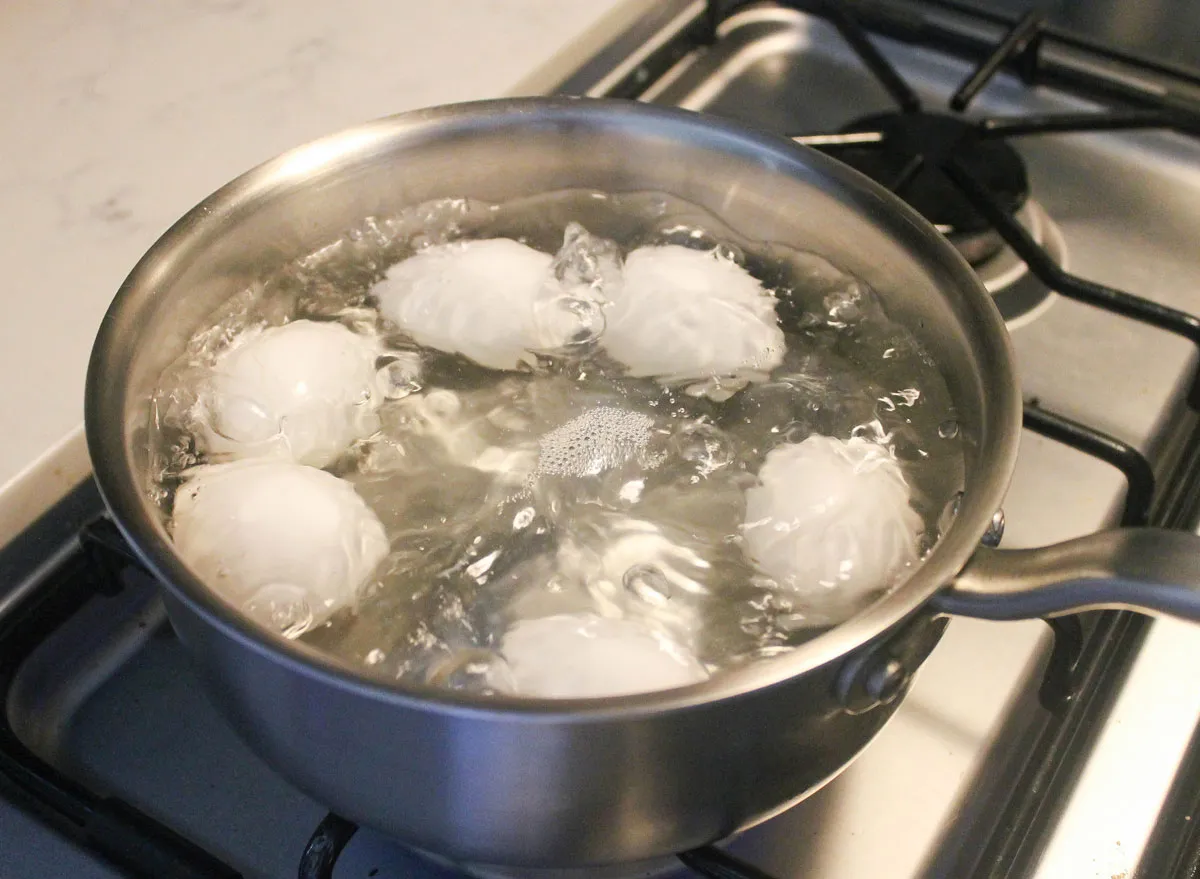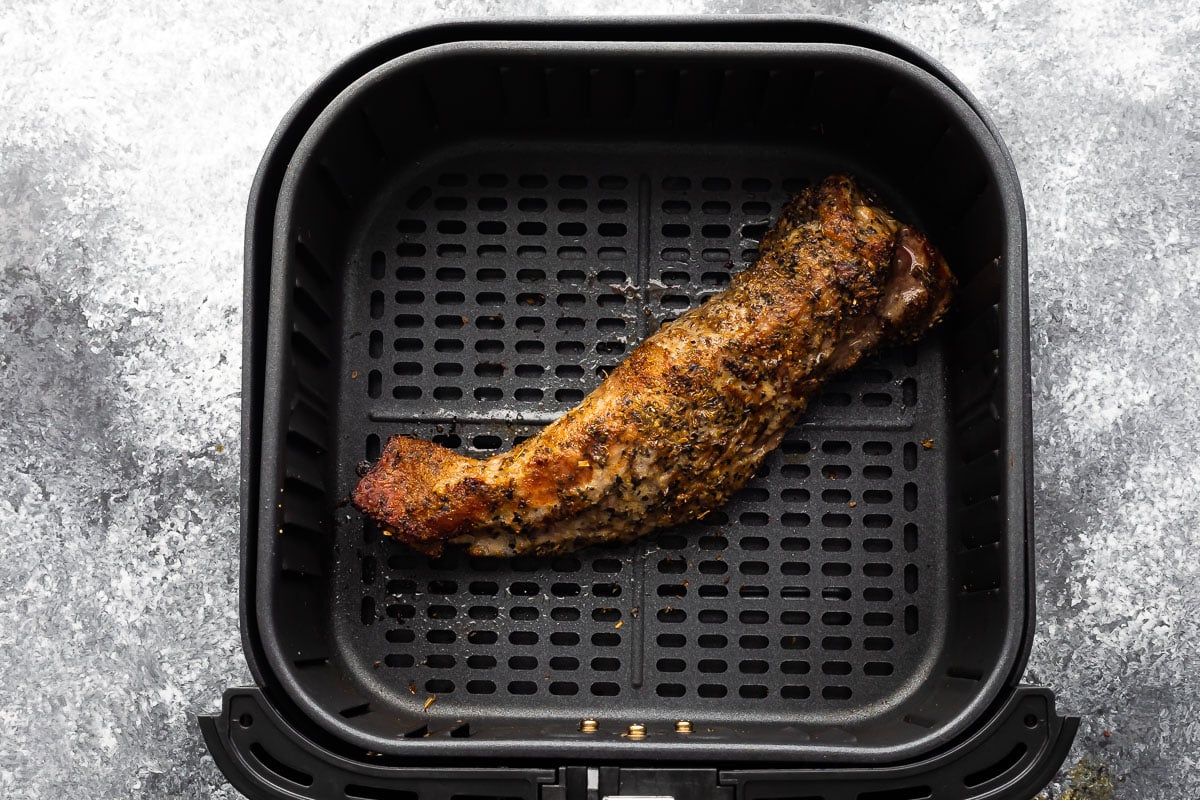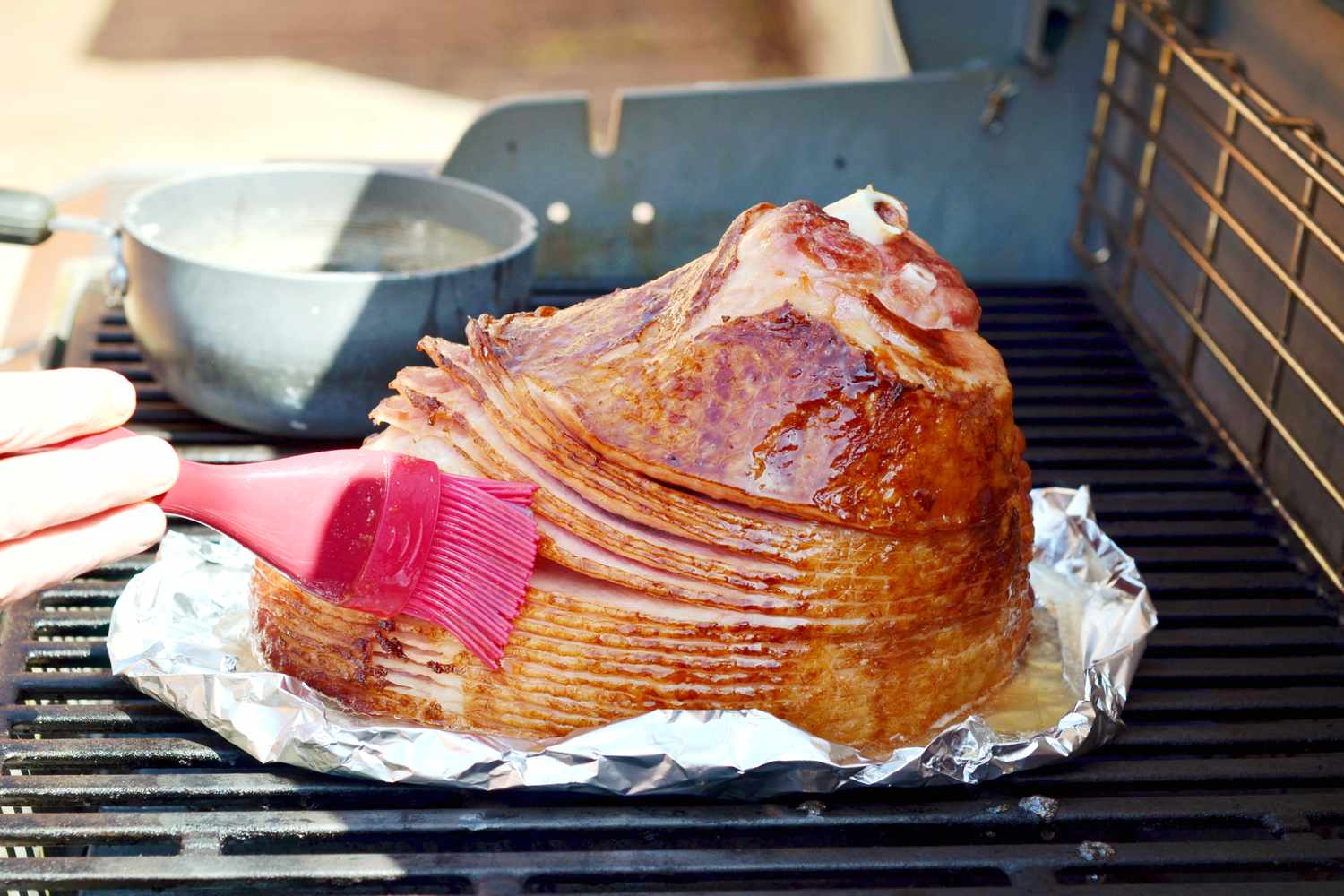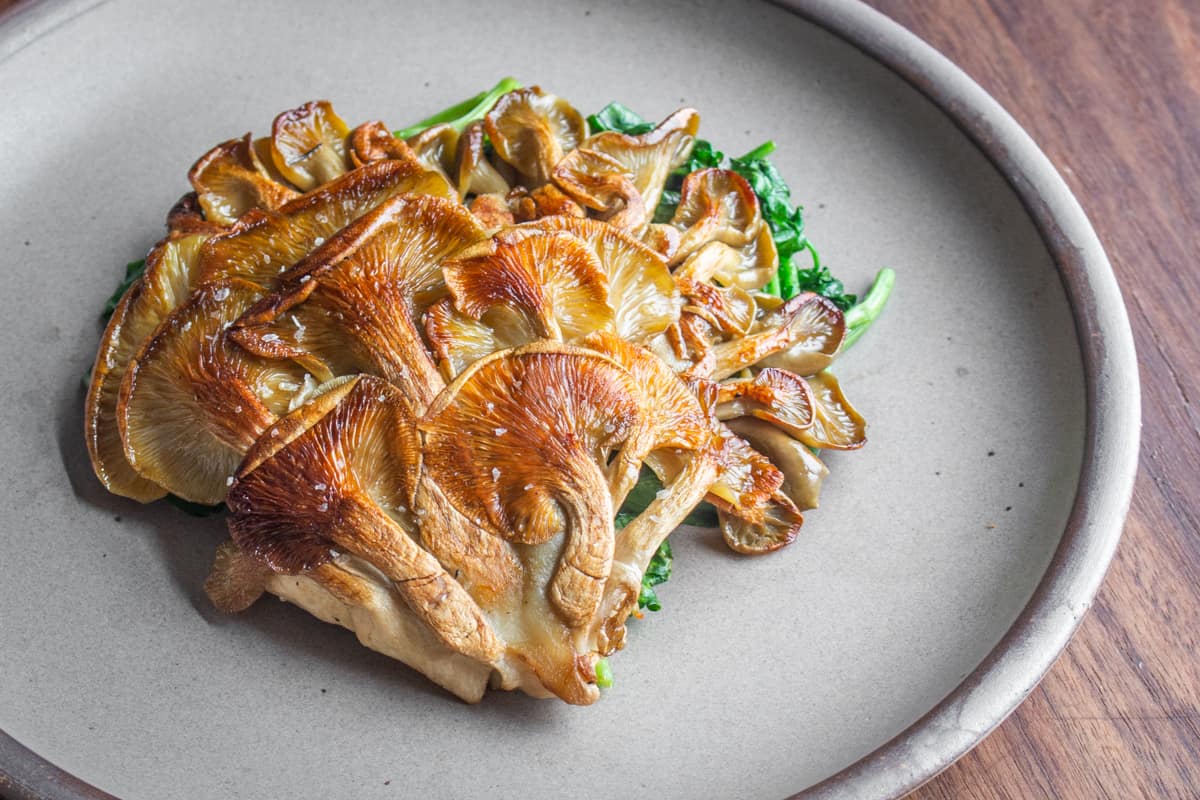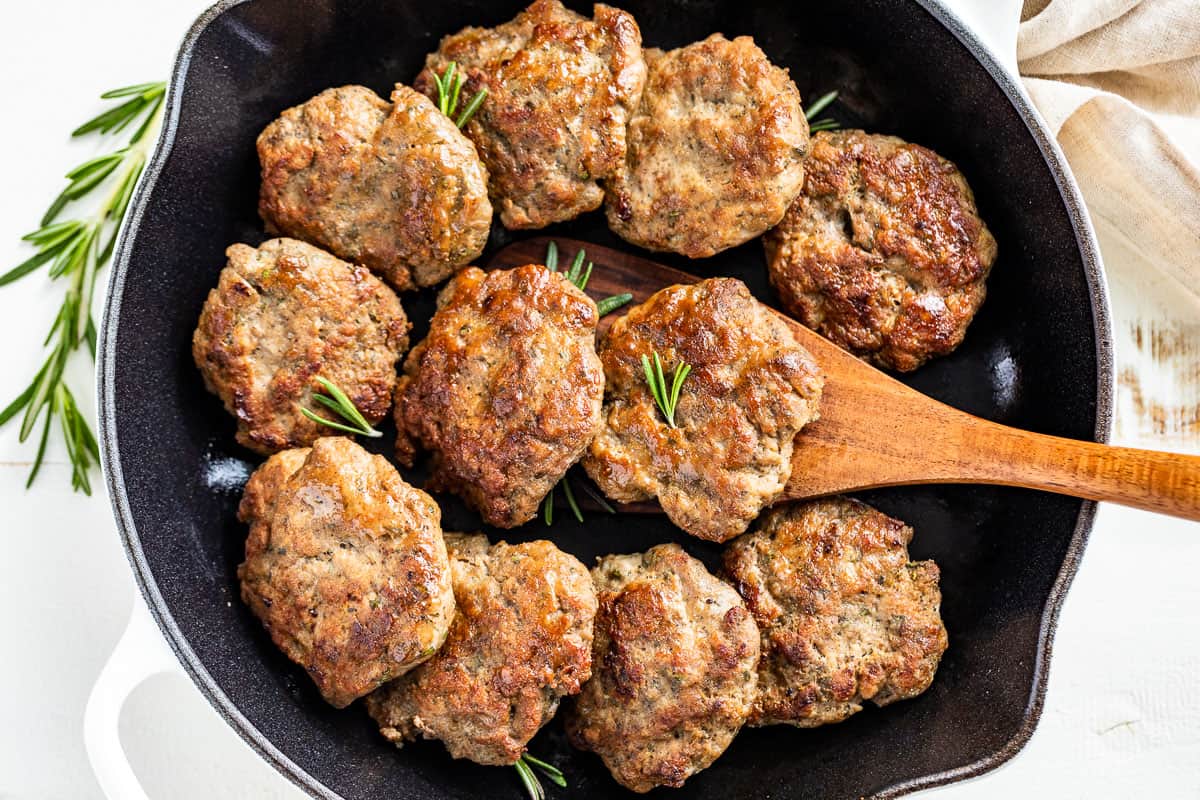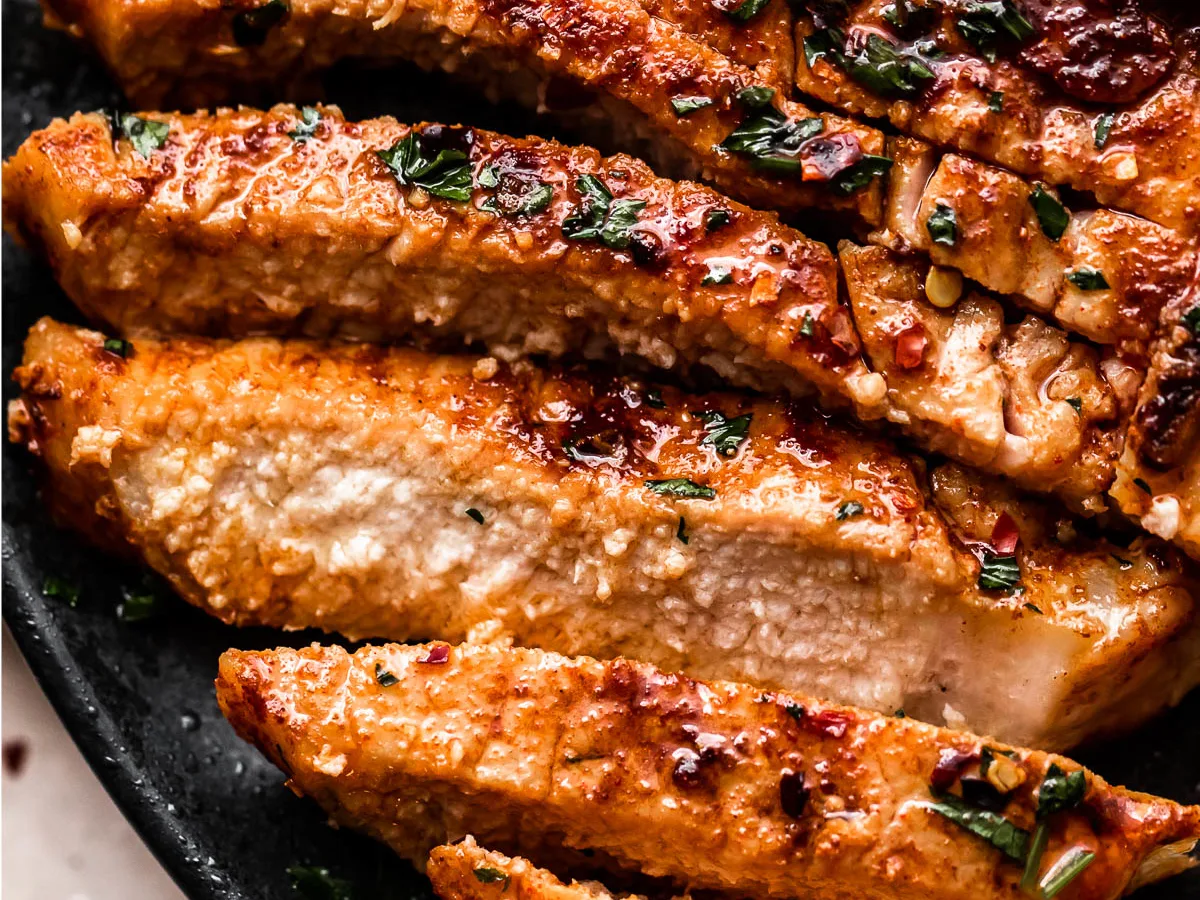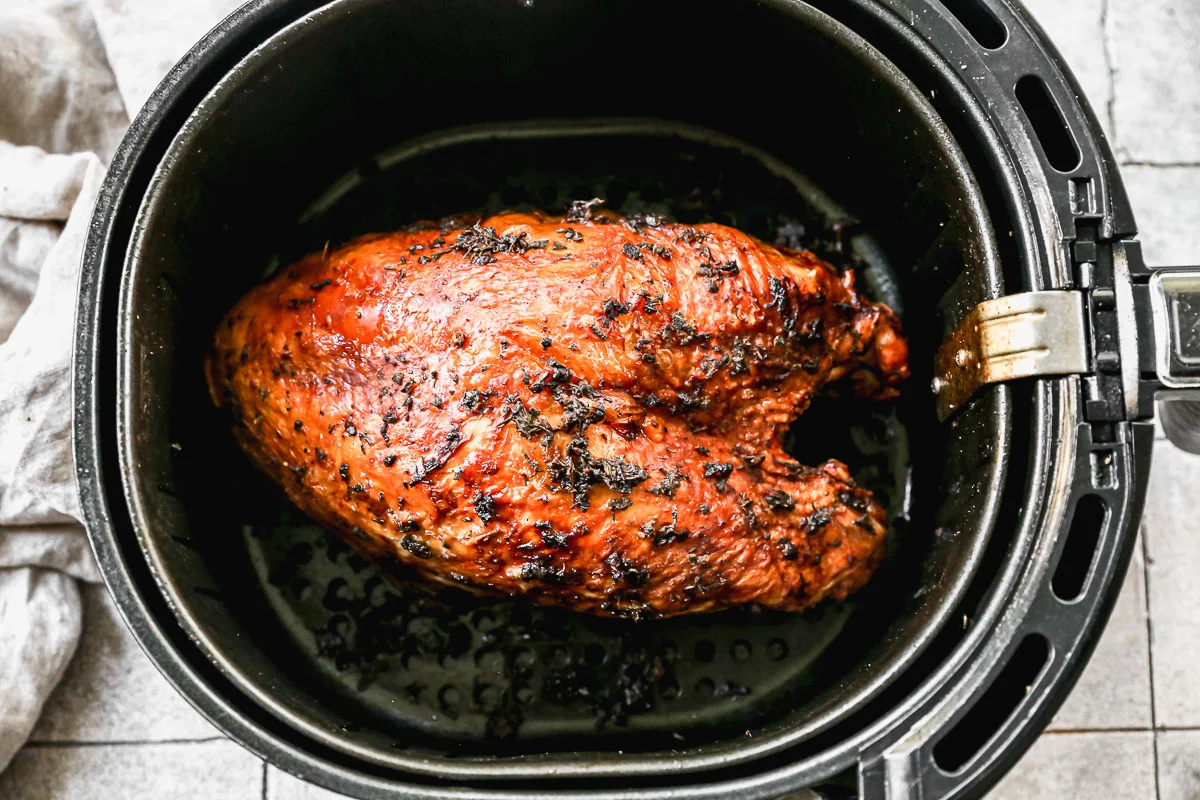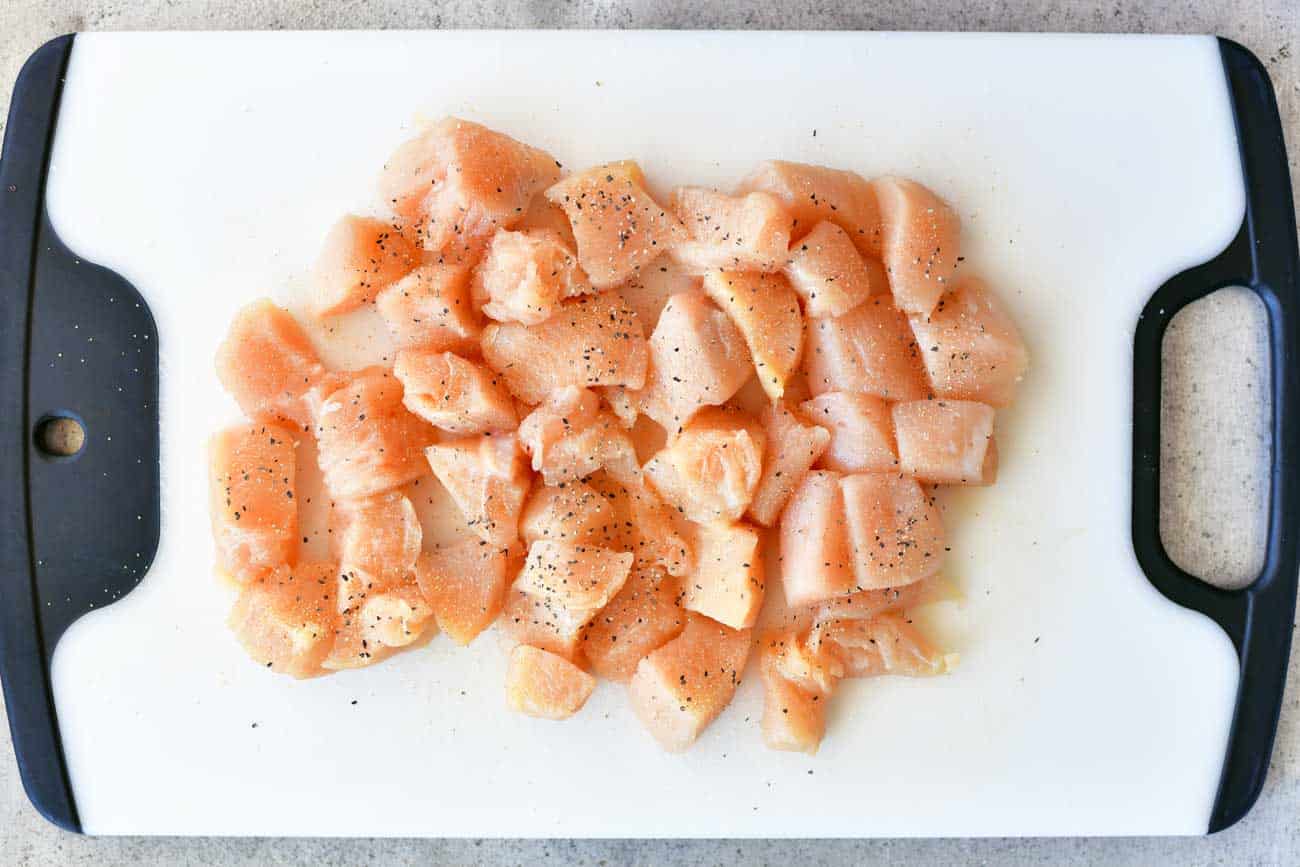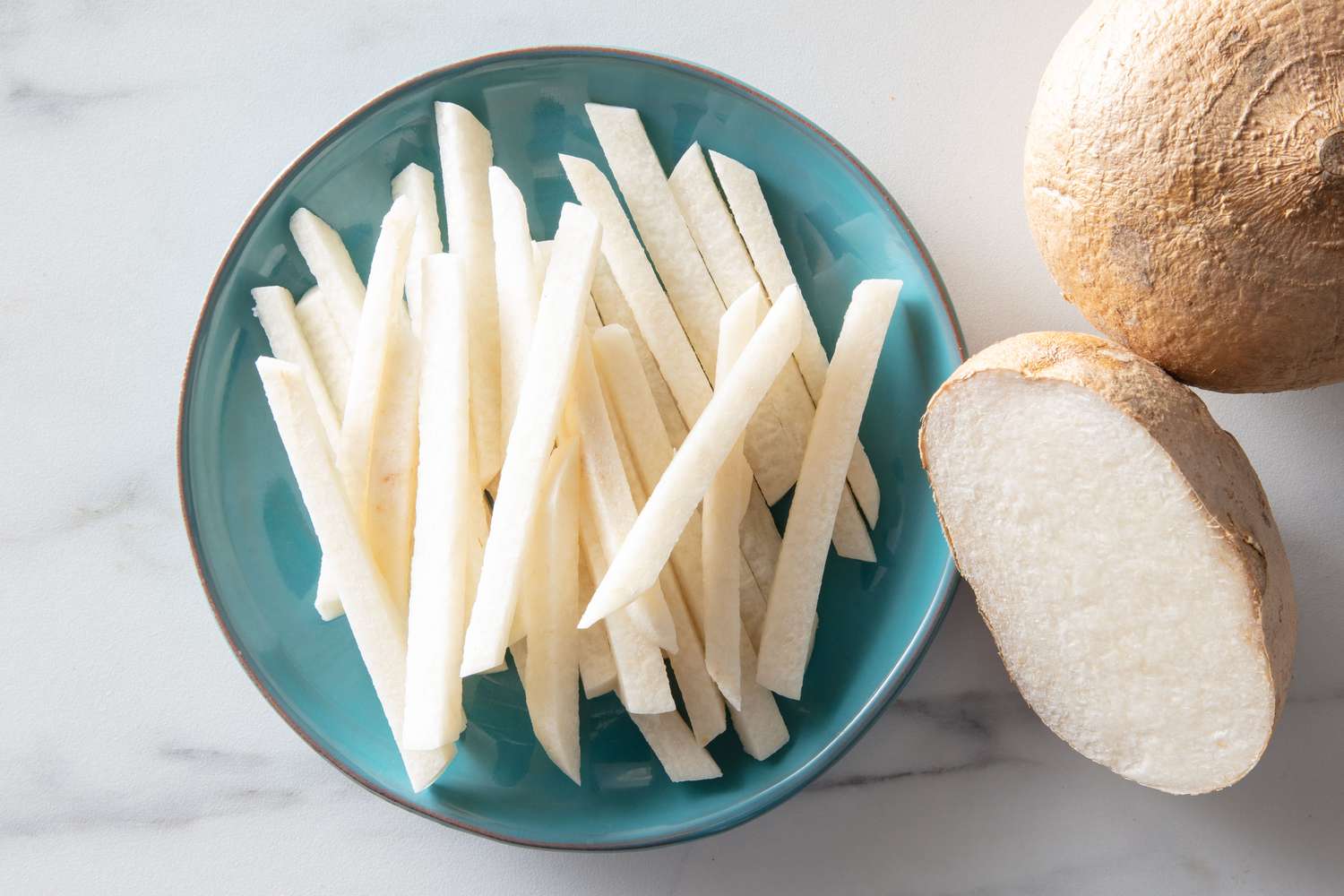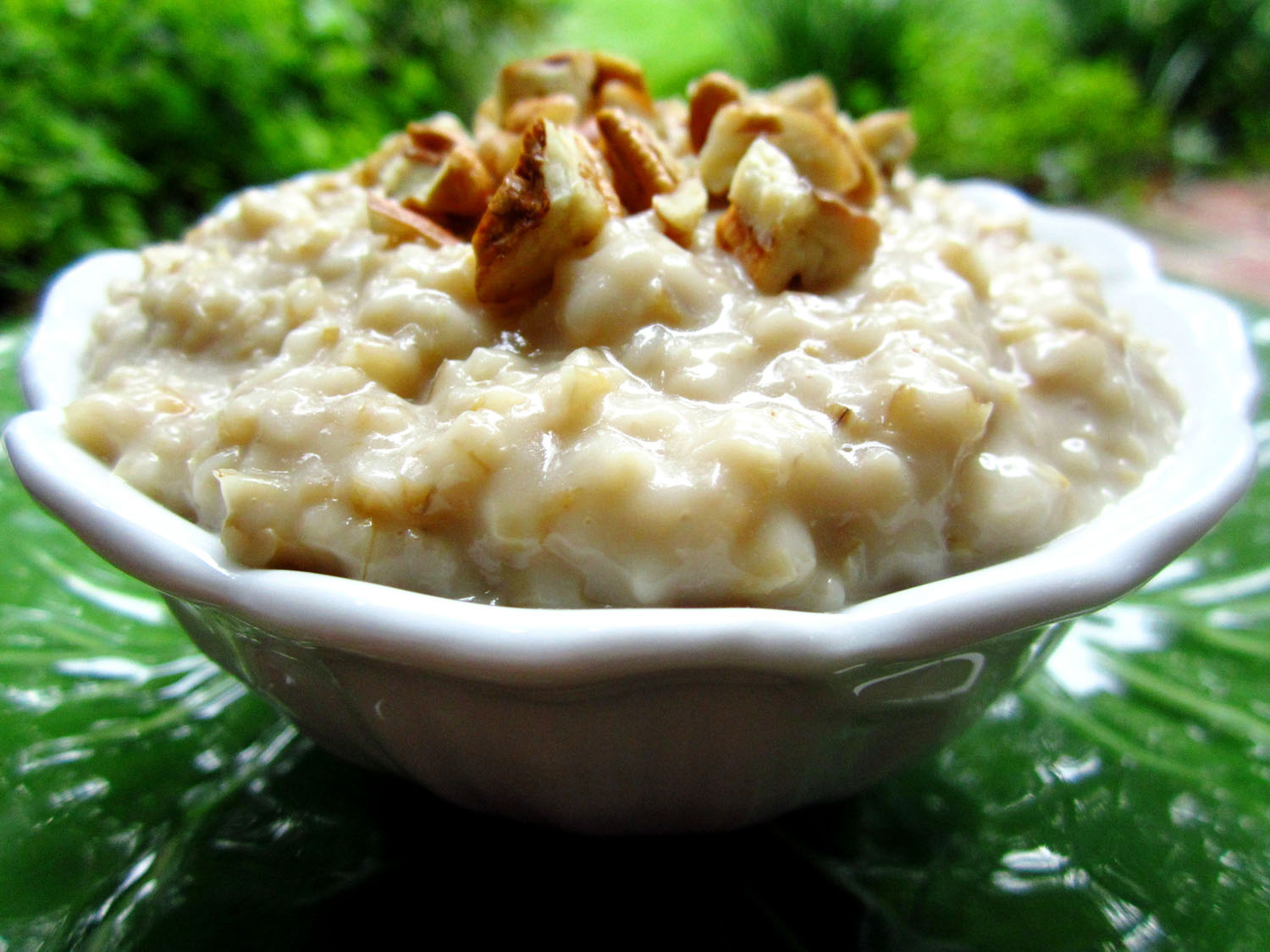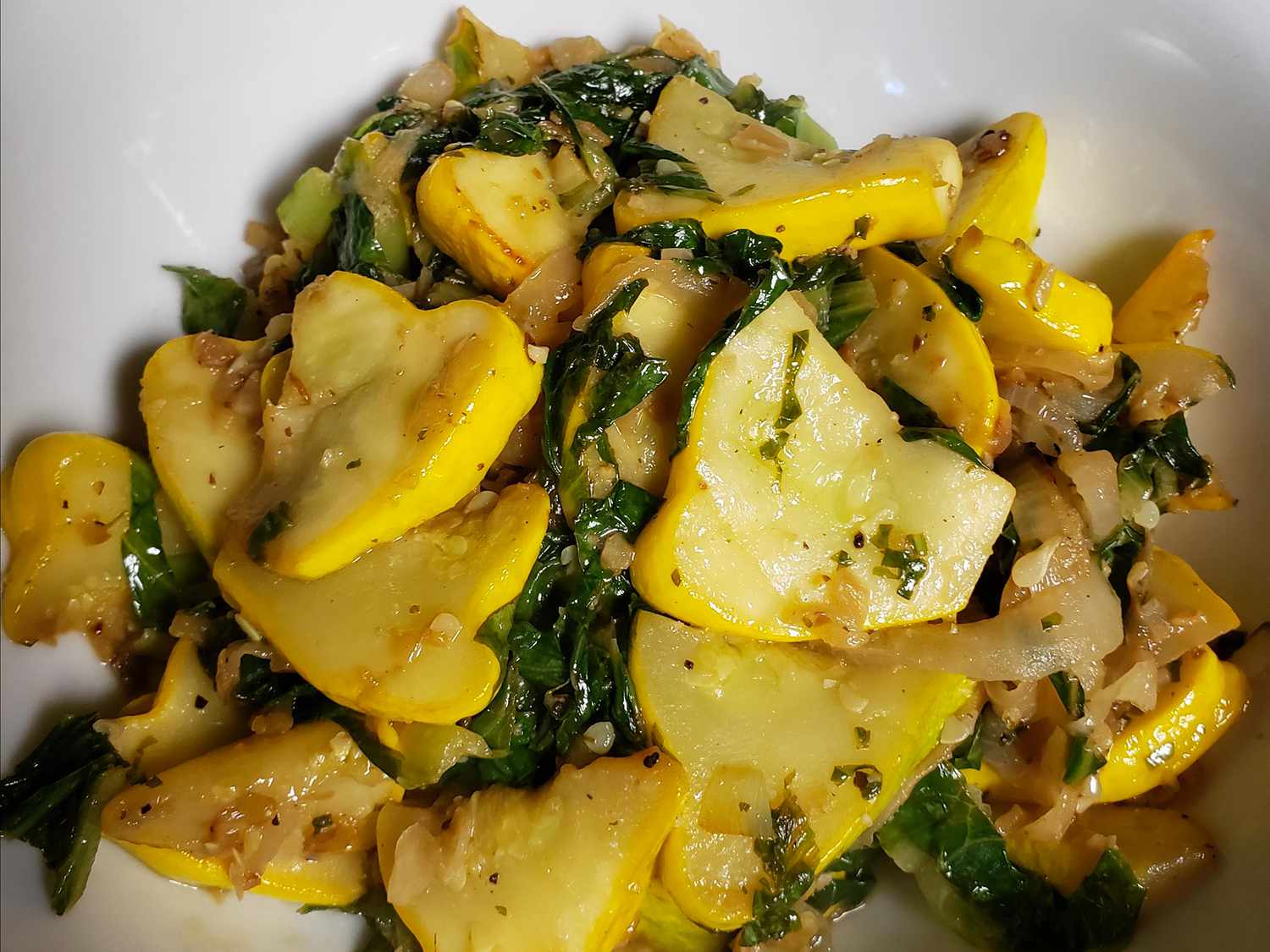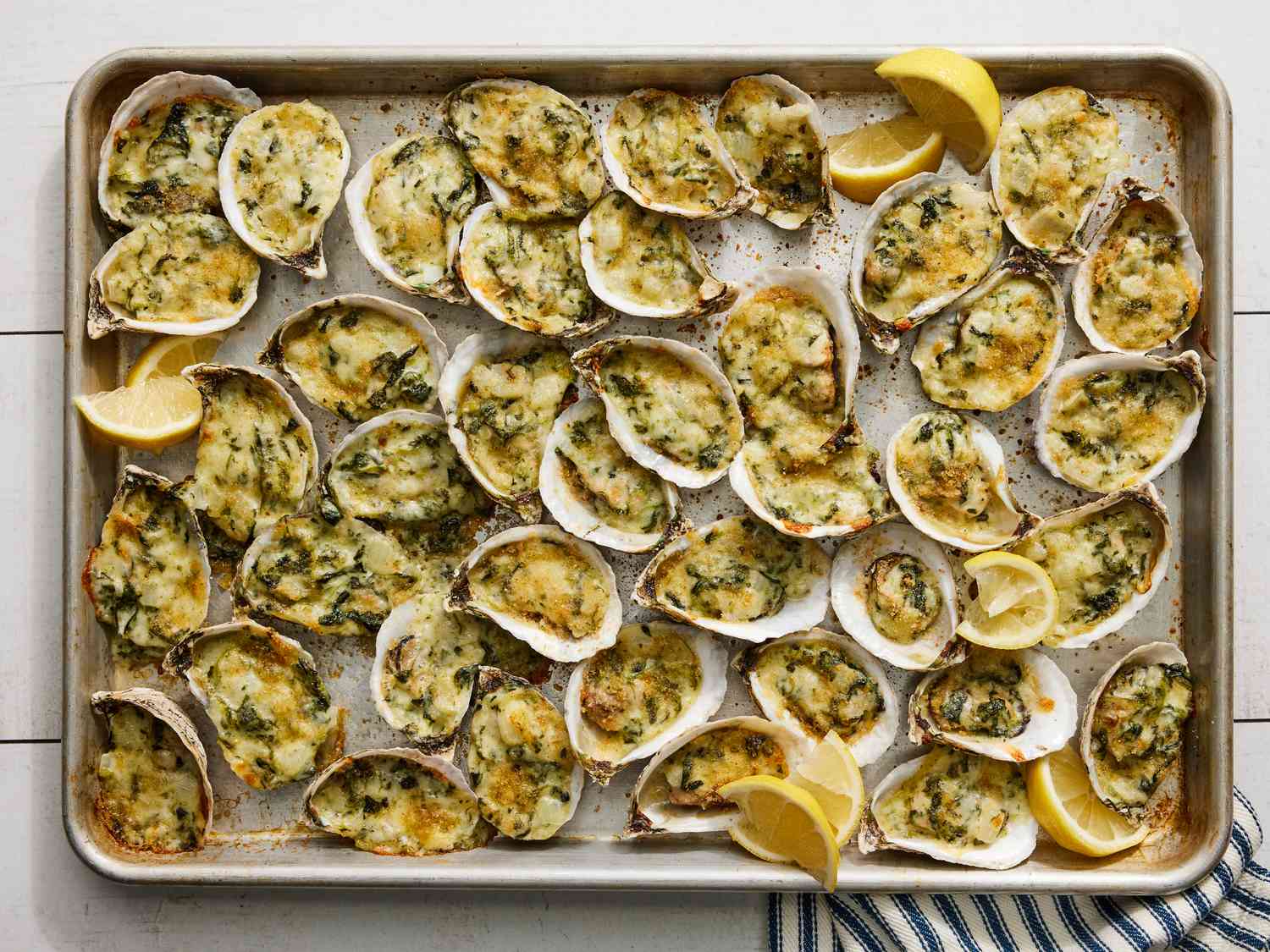Mastering the Art of Cooking Turkey in a Pressure Cooker
Are you ready to revolutionize your turkey cooking game? Look no further than your trusty pressure cooker! While the traditional oven-baked turkey is a classic, using a pressure cooker can save you time and infuse your bird with incredible flavors. In this guide, we will walk you through the steps to achieve a perfectly cooked turkey in a pressure cooker.
Why Choose a Pressure Cooker?
Pressure cooking has gained popularity in recent years, and for good reason. With a pressure cooker, you can achieve tender and juicy turkey in a fraction of the time it takes to cook in the oven. The intense pressure and steam inside the cooker work together to lock in moisture and flavors, resulting in a mouthwatering turkey that will impress your guests!
Preparation Is Key
Before you dive into pressure cooking your turkey, it’s crucial to prep it properly. Follow these steps:
- Thaw your turkey completely in the refrigerator. This may take a few days, depending on the size of the bird. Remember to allocate enough time for thawing.
- Once thawed, remove the giblets and neck from the turkey’s cavity. Rinse the turkey with cold water and pat it dry with paper towels.
- Season the turkey with your favorite herbs and spices. Whether you prefer a classic blend of thyme, rosemary, and sage or a unique spice rub, be generous with your seasoning to ensure maximum flavor.
- Consider marinating the turkey overnight to allow the flavors to penetrate the meat. A simple mixture of olive oil, garlic, and lemon juice can work wonders.
Pressure Cooking Time
When it comes to pressure cooking turkey, timing is everything. Depending on the size of your turkey and the instructions provided with your pressure cooker, adjust the cooking time accordingly. As a general rule of thumb, follow these guidelines:
- A 12-pound turkey: Pressure cook for approximately 6 to 7 minutes per pound.
- A 15-pound turkey: Pressure cook for around 5 to 6 minutes per pound.
- A 20-pound turkey: Pressure cook for about 4 to 5 minutes per pound.
Always refer to the manufacturer’s instructions for your specific pressure cooker model to ensure accurate cooking times.
Don’t Forget the Liquid
When pressure cooking a turkey, it’s crucial to add liquid to the cooker. This provides the necessary steam and moisture to cook the turkey properly. You can use chicken broth, turkey stock, or even water. Aim for approximately 1 to 2 cups of liquid, depending on the size of your pressure cooker.
Natural Release or Quick Release?
Once the pressure cooking time is up, you have two options: natural release or quick release. Natural release involves allowing the pressure to release naturally over a period of time. This method is ideal for large cuts of meat like turkey as it helps the juices redistribute and prevents the meat from becoming tough.
On the other hand, quick release involves manually releasing the pressure by turning the valve to the venting position. If you’re short on time, you can opt for this method. However, be cautious as the hot steam can be dangerous. Always follow your pressure cooker’s instructions for releasing pressure.
The Finishing Touch
Once you’ve released the pressure and it’s safe to open the pressure cooker, carefully remove the turkey and transfer it to a serving platter. Let it rest for about 10 to 15 minutes to allow the juices to redistribute. This will ensure a tender and moist turkey.
Now it’s time to carve and serve your delicious pressure-cooked turkey! Whether it’s for a holiday feast or a special occasion, this cooking method is sure to impress your family and friends.
Remember, mastering the art of cooking turkey in a pressure cooker takes practice and experimentation. Don’t be afraid to add your own twists and flavors to make it truly your own. Happy pressure cooking!
For those looking to maximize the potential of their pressure cooker, there are a variety of turkey recipes you can try using the guide from the article. You might be interested in the Pressure Cooker Thanksgiving Turkey for a classic holiday meal with less hassle. If you're in the mood for something with a bit more zest, the Pressure Cooker Lemon Garlic Turkey offers a refreshing citrus twist. For a sweet and savory delight, the Pressure Cooker Honey Glazed Turkey is a must-try. Those who enjoy a bit of heat will appreciate the Pressure Cooker Cajun-Spiced Turkey. Lastly, for a unique flavor profile, the Pressure Cooker Moroccan-Spiced Turkey brings exotic spices to your kitchen. Each recipe is designed to make your cooking experience both efficient and delicious.
Was this page helpful?
Read Next: How To Cook Burger In Frying Pan
